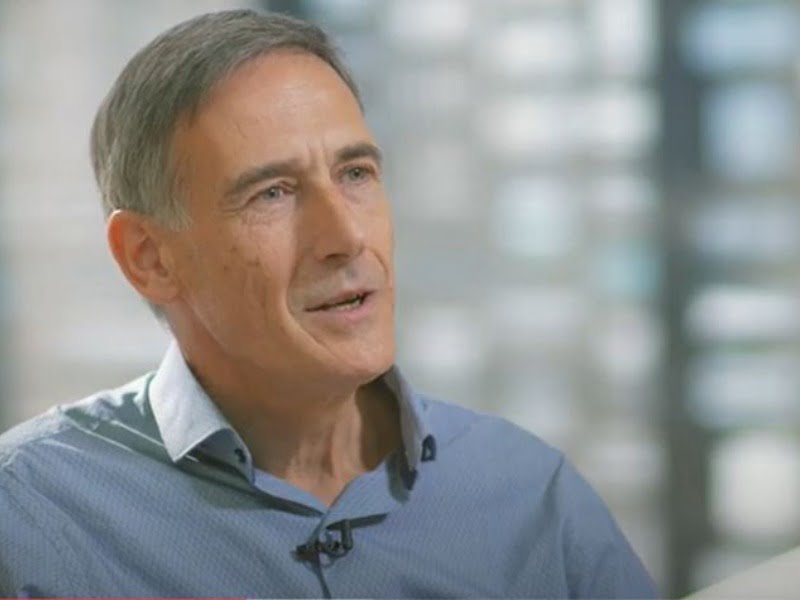In July 2022, the Australian government enacted the Climate Change (Consequential Amendments) Act 2022. This law commits Australia to an ambitious target of reducing greenhouse gas emissions by 43 per cent below 2005 levels by 2030 and achieving net zero emissions by 2050.
Internationally, there is growing consensus that all countries must go further to limit global warming to 1.5 degrees Celsius. And dare I say it, I think I can see the horse bolting.
Good quality data is critical to achieving these goals. First, data tells us where we started and how we’re travelling in meeting our targets (measure, report and verify).
And secondly, it tells businesses, government and investors where to focus and how to make the transition.
My first point has a new and powerful incentive coming. That is, climate-related financial disclosure (CRFD) based on the International Sustainability Standards Board (ISSB) standard will be legislated in 2024. The Australian CRFD includes Scope 1, 2 and 3 emissions, and will phase-in mandatory disclosure from the middle of July this year.

CRFD is in addition to the reformed safeguard mechanism, the Australian government’s policy for reducing emissions at Australia’s largest industrial facilities. While this is great news and a significant shift from where we were a few years ago, it has serious data collection challenges. These include:
- The requirement is for qualitative data; there are aspirations (but no plan) for quantitative data within three to five years.
- The data required is of relatively poor quality and inadequate for guiding businesses and governments on where to focus and how to navigate the transition effectively (for example, the reporting requirement is only once per year and in arrears).
- Collecting even low-quality qualitative data is a challenge for many businesses – especially for Scope 3 emissions.
Regarding my second point, driving business, sectoral and government transition and behaviour change needs much better data. For example, to give investors, banks and insurance companies the level of data precision (read lower risk data) needed to fund the businesses transitioning well.
Better quality data is also needed to futureproof climate-related risk in their portfolios; to enable businesses to make timely decisions to adapt to changing climate and make the supply chain decisions that will help meet their targets; and to address greenwashing.
If we don’t address the challenges in collecting and sharing data at the right level of quality, we risk significantly impeding the effectiveness of these incentives and slowing down Australia’s progress to achieving its carbon reduction targets.
We would also disadvantage Australian industry in competing in a new global carbon-sensitive market.
The Australian Sustainable Finance Institute Progress Tracker 2023 states while reporting against the Taskforce on Climate-related Financial Disclosures (TCFD) framework is on the rise, the Australian Council of Superannuation Investors (ACI) notes that the quality of analysis, transparency of methodologies and depth of disclosure varies considerably across companies.
“Too many companies are only at the stage of ‘partial’ alignment to the TCFD framework for their disclosures… Full alignment to the TCFD framework does not always correlate with sufficient disclosure. Some companies make broad, sweeping statements, with little qualitative or quantitative detail about how climate risk manifests in its specific circumstances, or what steps the company is taking to manage the risks identified…” – Australian Sustainable Finance Progress Tracker 2023
Australia has a significant opportunity to address its data challenges through a national program for digitally enabled emissions data capture and management. This would increase the reliability and confidence in climate-related information.
It would also unlock the power of market-based incentives to drive emissions reductions transition, accelerate the pace of transition, and advance the digital underpinnings for a thriving low-carbon economy.
What’s needed to address our data quality challenges is a government-supported but industry-led program to drive the shift to digitally-enabled emissions data capture and management.
Such a program would need to address:
- Data requirements: understanding differing data needs across multiple government (international, federal and state) and industry requirements
- Cost of data collection and management: lowering the cost (and complexity) of data collection and management through automation will be critical to adoption
- Business capability: developing the capability and understanding of businesses to digitally collect and manage sustainability data
- Trusted sustainability data tools and service models: helping businesses to lower the cost
- Trusted data sharing models: enabling scaling, informing supply chains, climate scenario assessments and decarbonisation pathways.
Understanding these issues at a business and sectoral level and developing a national plan for digitally enabled emissions data capture and management is where we need to get to and fast. The goal should be to get there by 2028, when Treasury would like to see quantitative (rather than qualitative) data informing mandatory climate-related financial disclosure reporting.
IoTAA is building a coalition of the willing to get this moving. Please contact us if you are interested.
Frank Zeichner is CEO of IoT Alliance Australia (IoTAA), the peak body for the Internet of Things (IoT) in Australia. Established in 2016, IoTAA is a non-profit industry association with a vison is to enable a data smart Australia and advance society through trusted, accessible real-time data.
Do you know more? Contact James Riley via Email.
